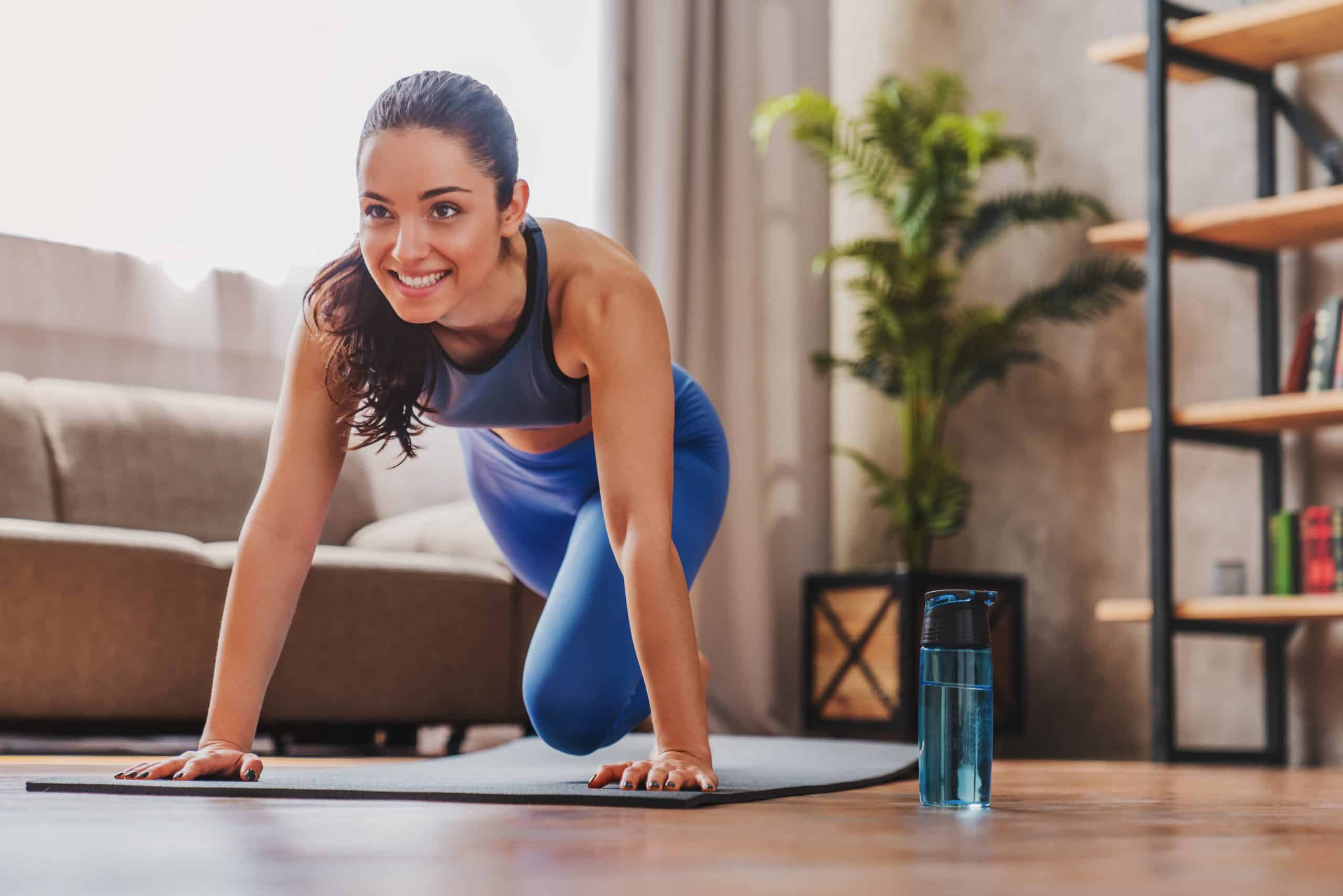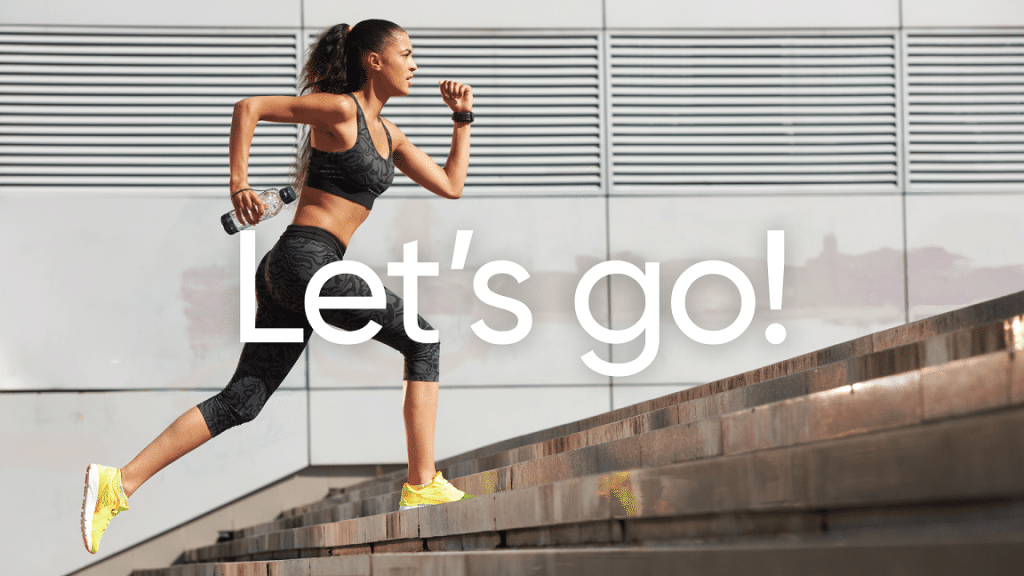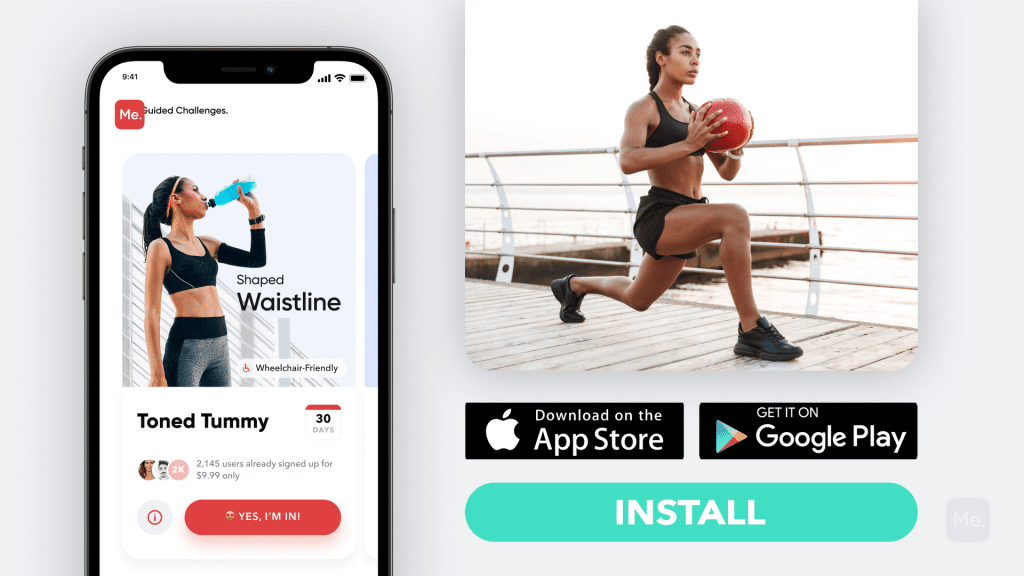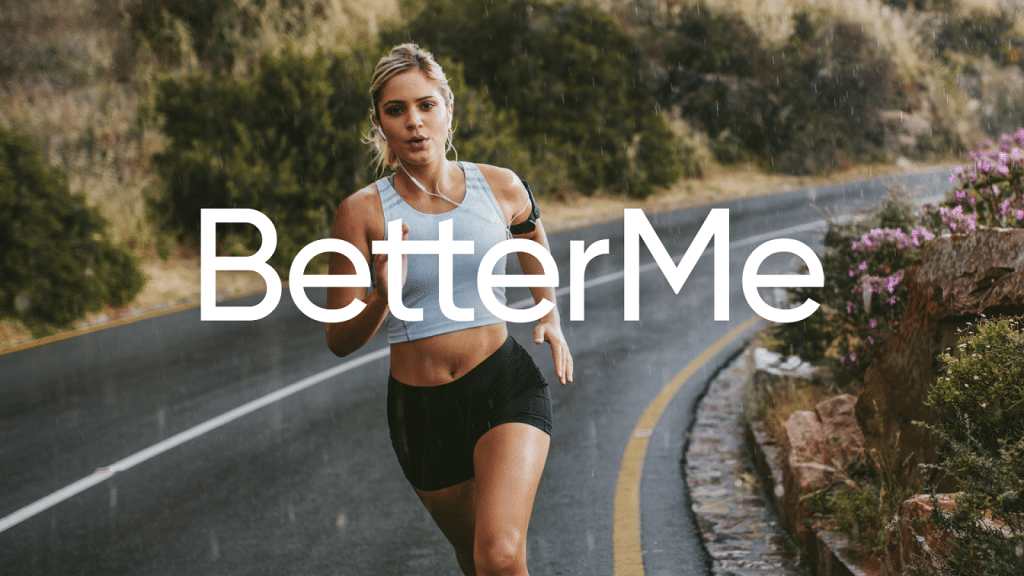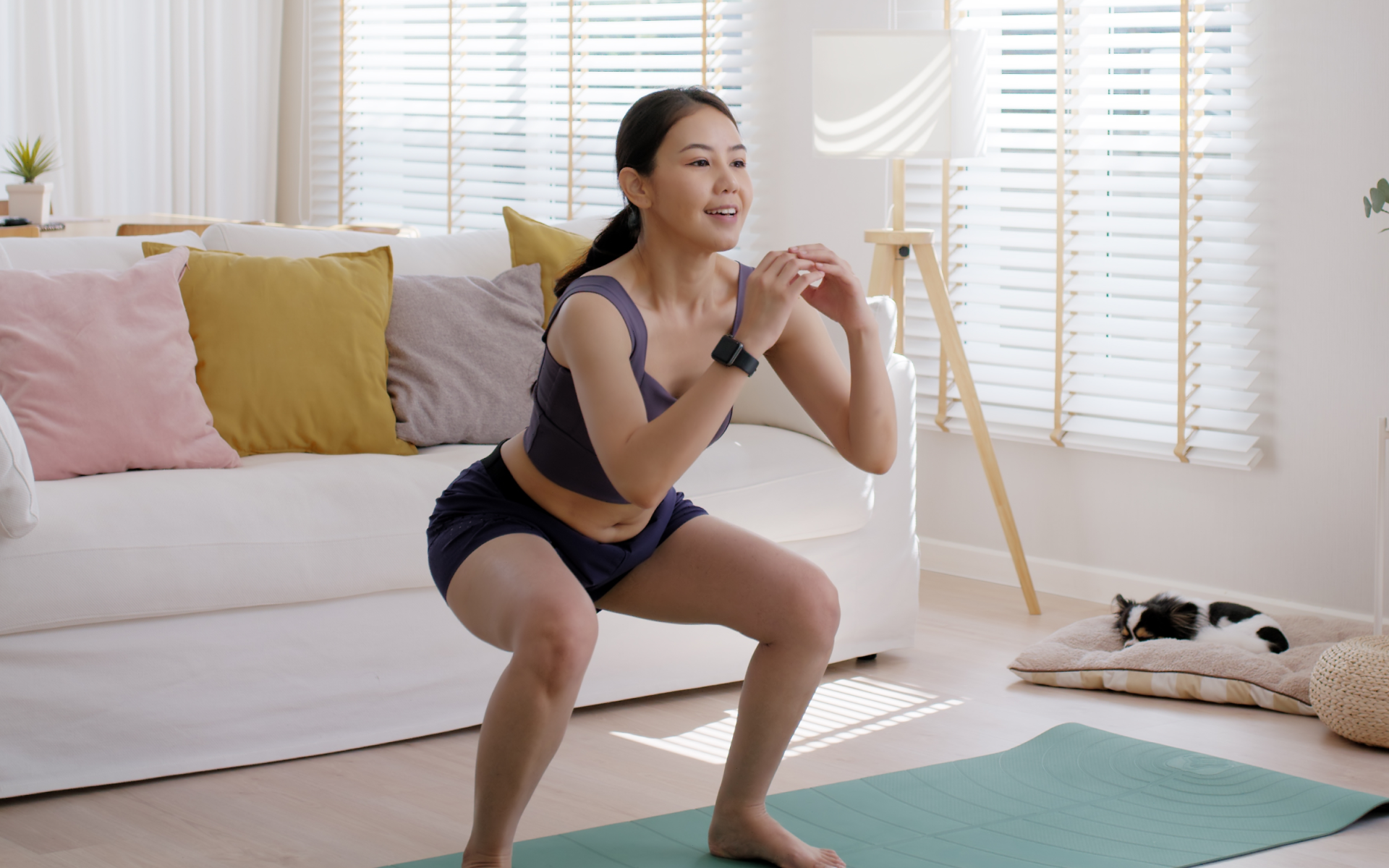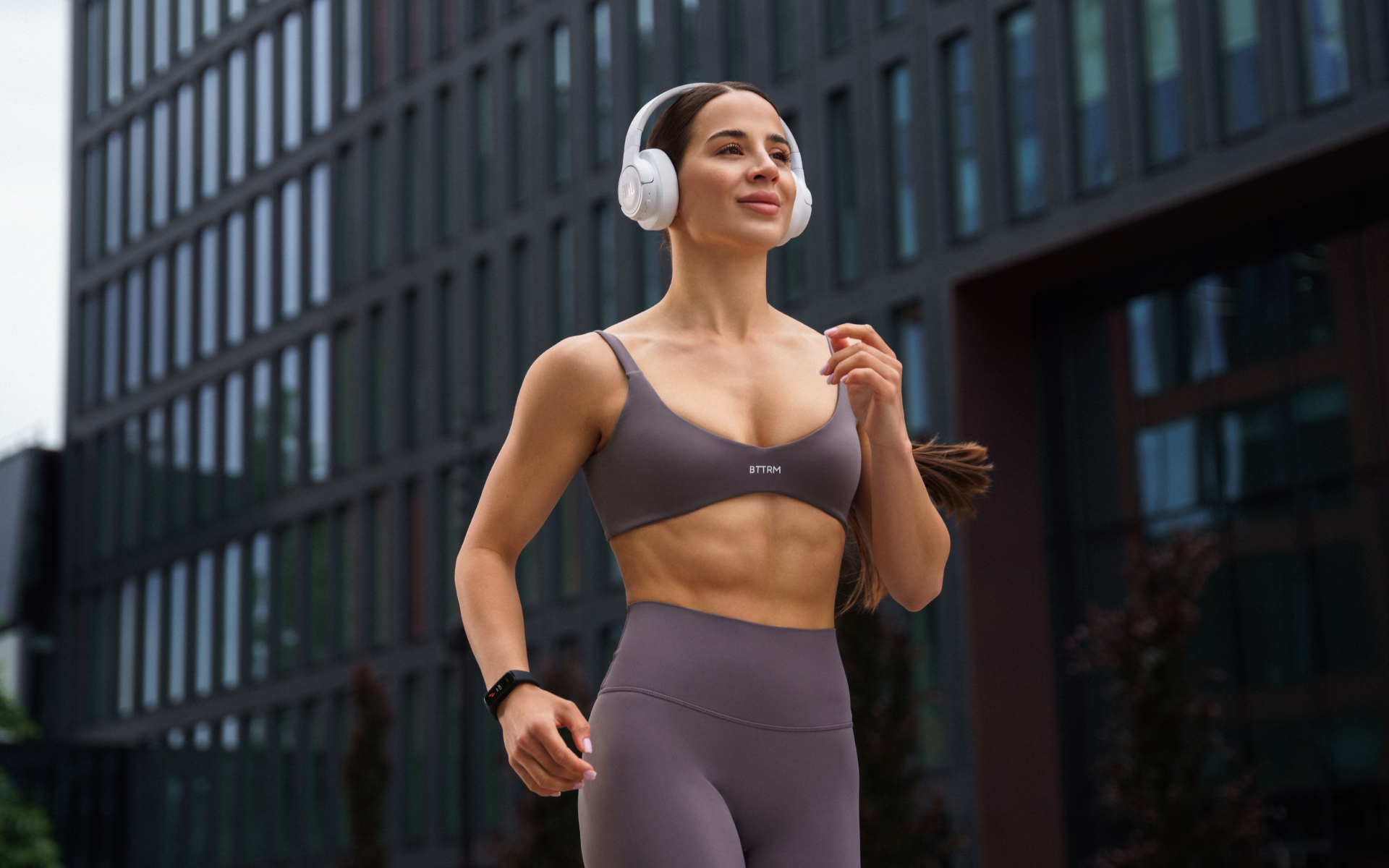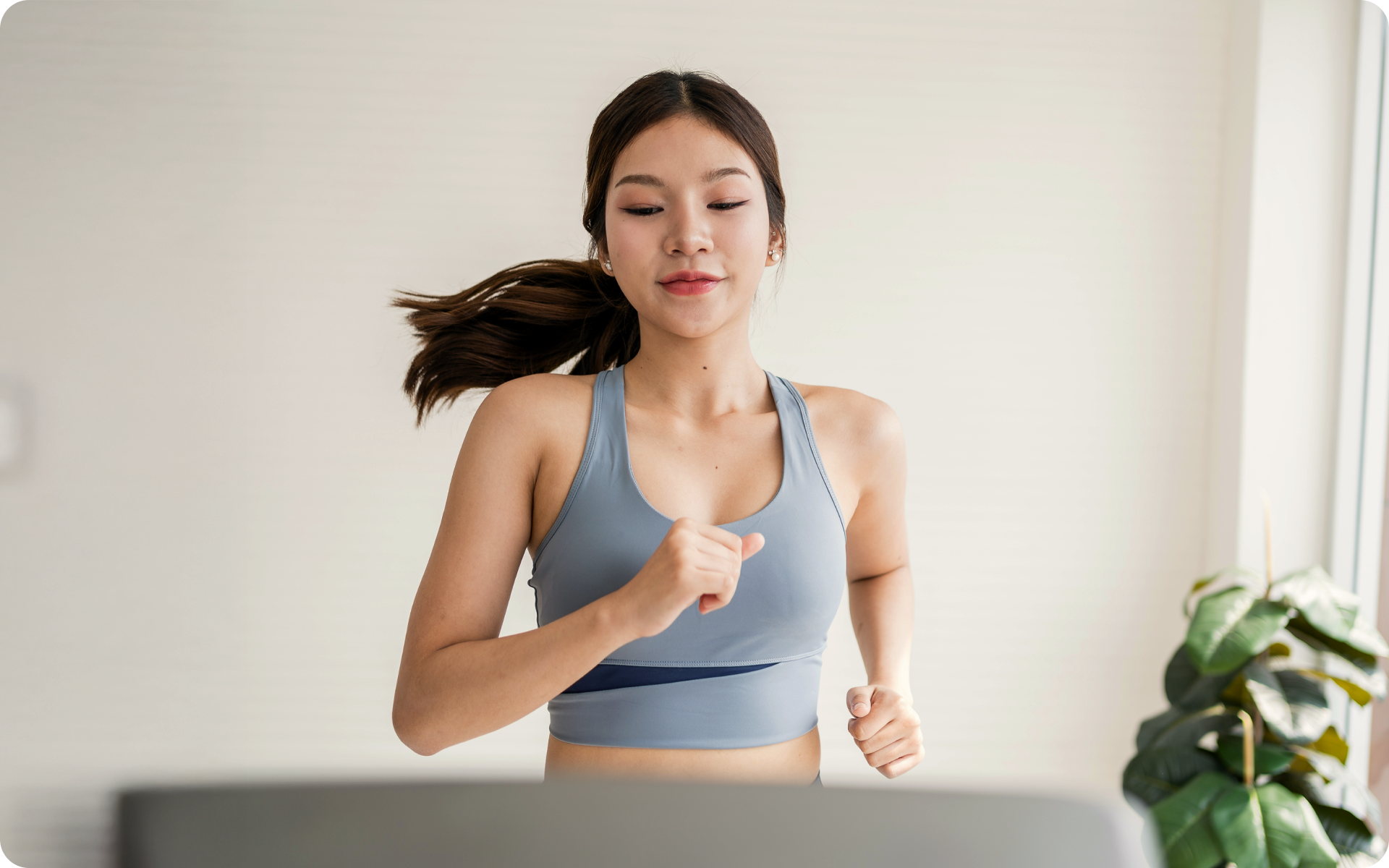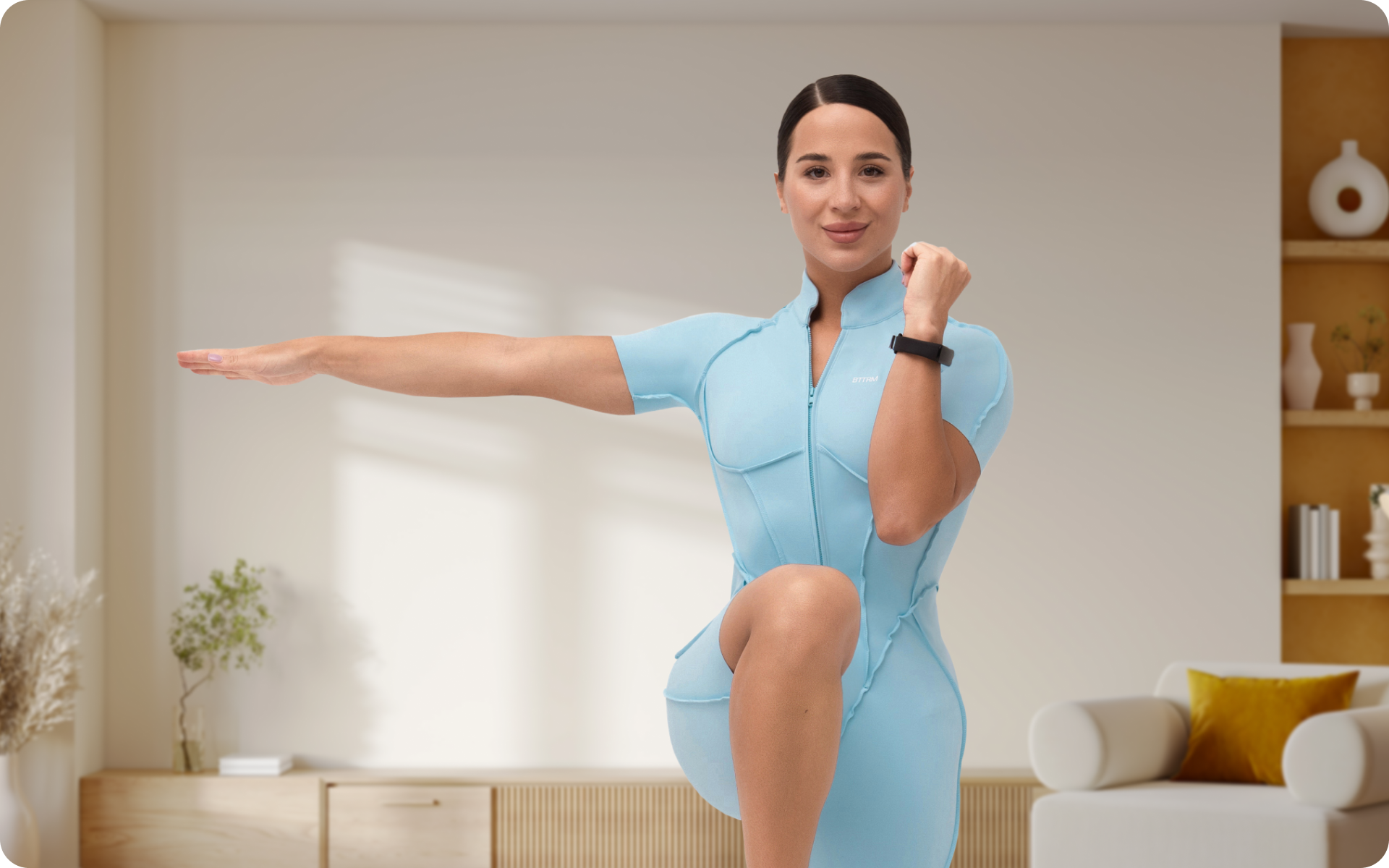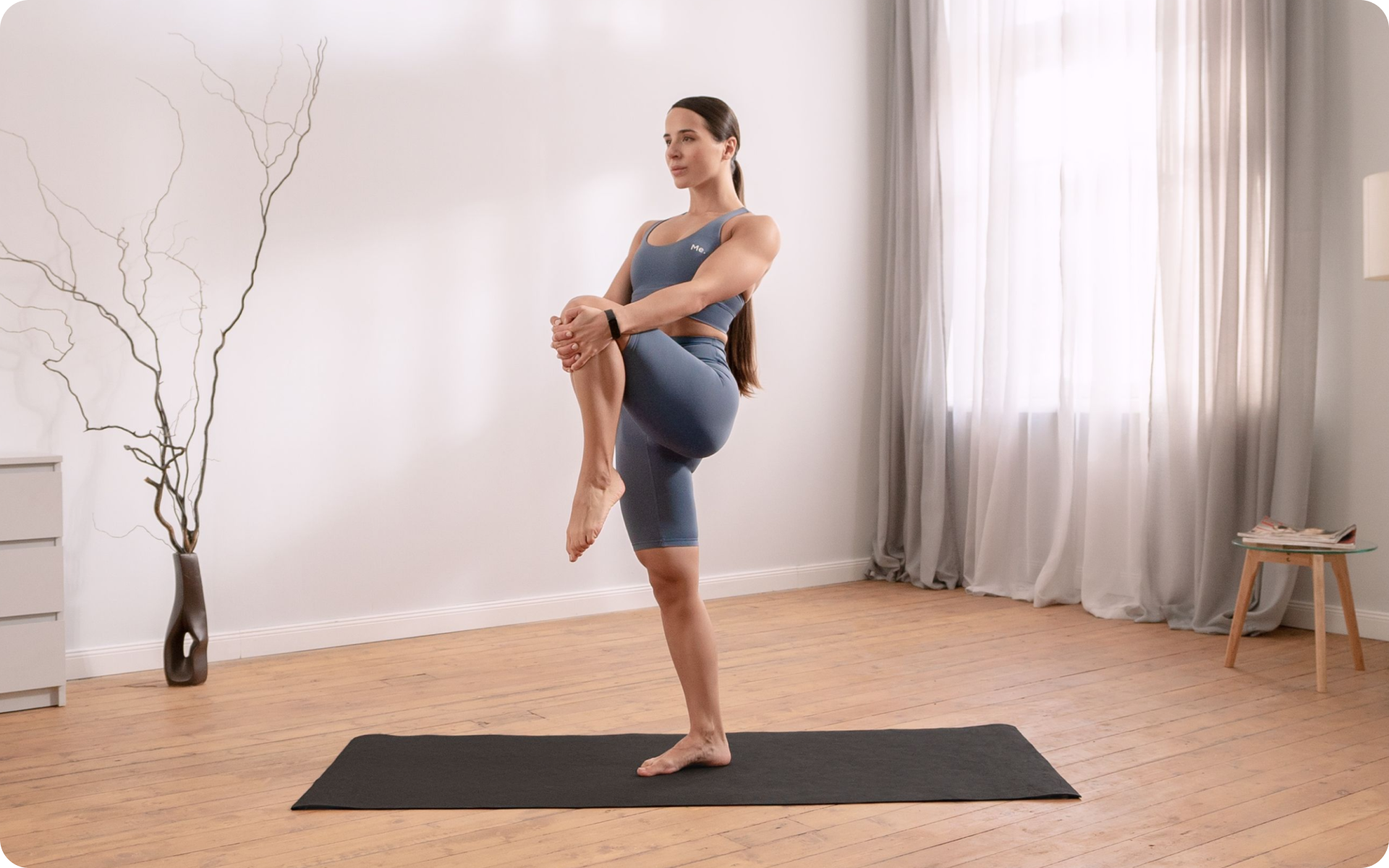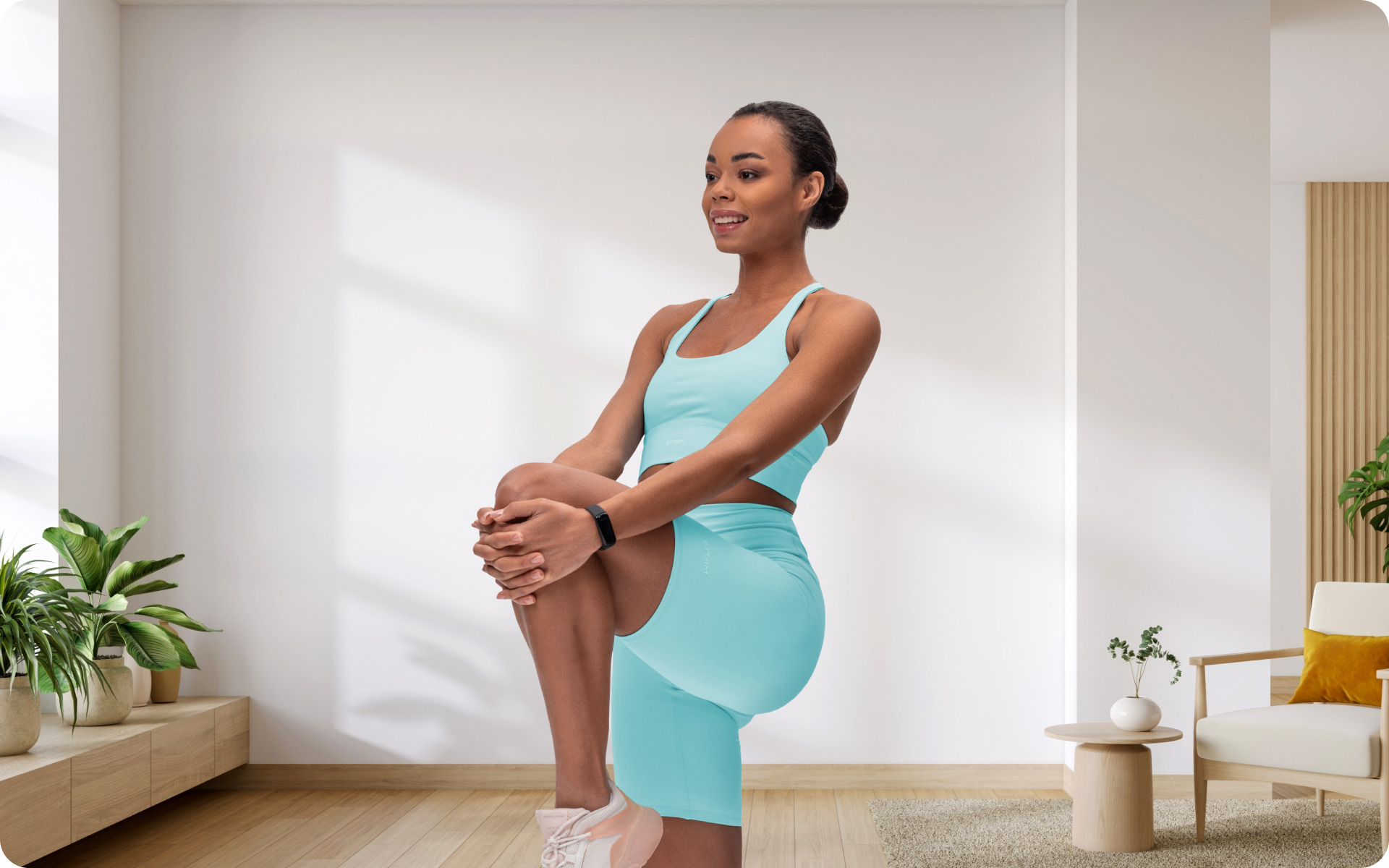For years, the standard advice for fat loss has been to do long, slow cardio at a moderate intensity. This type of cardio is often referred to as low intensity steady state (LISS) cardio, and it can indeed be effective for burning calories and helping you lose weight.
However, the discovery of high intensity interval training (HIIT) has led many people to question whether LISS cardio is still the best option for fat loss. HIIT is a more intense form of cardio that involves short bursts of all-out effort followed by brief periods of rest.
So, what’s the verdict? Is LISS cardio better for fat loss than HIIT? The answer isn’t entirely clear-cut, as both forms of cardio have their own advantages and disadvantages.
Let’s take a closer look at the pros and cons of LISS and HIIT so that you can decide for yourself which type of cardio is right for you.
What Counts As A Low-Intensity Steady State Workout?
LISS workouts are typically characterized by being longer in duration and lower in intensity than HIIT workouts. For example, a LISS workout might last for 45-60 minutes and involve keeping your heart rate at around 50-70% of your maximum heart rate (5).
In contrast, a HIIT workout is usually shorter, lasting for 20-30 minutes, and involves more intense bursts of activity interspersed with brief periods of rest. During a HIIT workout, you might aim to keep your heart rate at 80-95% of your maximum heart rate (5).
Both LISS and HIIT workouts can be done using any type of cardio equipment, such as a treadmill, elliptical machine, rowing machine, or stationary bike. Some low intensity steady state cardio examples include:
- Walking at a moderate pace on the treadmill or outdoors
- Climbing the stairs at a moderate pace on the elliptical machine
- Biking either on a stationary bike or outdoors
- Doing an easy to moderate intensity workout on a rowing machine
Read More: Is Walking Cardio? Here’s What Experts Say
The Pros Of Low Intensity Steady State Cardio
Lovers of LISS cardio often tout the following benefits:
Optimal Fat Burning
One of the most controversial questions people ask when it comes to cardio is “is low intensity better for burning fat?” While there are many variables to consider to answer this question, some research suggests that low-intensity cardio may be more effective for burning fat than HIIT (1).
Let’s review how your body reacts to exercise. To fuel your workout, your body will burn a mix of carbohydrates and fat. The percentage of fat that you burn during exercise depends on the intensity of your workout.
To metabolize fat, your body needs oxygen. When you’re working out at a low intensity, your body can deliver oxygen to your muscles relatively easily. This allows you to burn a higher percentage of fat for fuel.
On the other hand, when you work out at a high intensity, your body can’t deliver oxygen to your muscles as quickly. As a result, you’ll end up burning a higher percentage of carbohydrates for fuel.
Now, this doesn’t mean that you shouldn’t do HIIT if your goal is to lose fat. After all, HIIT can help you burn more calories in a shorter amount of time, and any calorie deficit will help you lose weight.
Plus, it triggers muscle adaptations that can help you continue to burn calories even after your workout is over.
Take other factors such as how much time you have, your fitness level, history of injuries, and overall preferences into account when deciding whether LISS or HIIT is right for you.
Reduced Impact On The Joints
LISS is a great option for people who want to do cardio but are concerned about the impact on their joints. Because LISS is a low-intensity form of exercise, it puts less strain on the joints than HIIT or other forms of cardio.
This makes LISS a good option for people with joint issues or injuries (2). It’s also a good choice for people who are just starting to get back into exercise after a long break.
Increased Cardio Endurance
LISS is a great way to build up your cardio endurance. If you find HIIT workouts too intense or if you’re just starting to get back into shape, LISS can help you gradually build up your endurance so that you can eventually do HIIT or other forms of cardio (3).
This makes LISS an effective way to train for long-distance running events or other endurance-based activities.
Great For Active Recovery
Active recovery is a type of exercise that helps you recover from a strenuous workout. It involves doing light exercise at a low intensity to help improve blood circulation and reduce muscle soreness.
LISS is a great form of active recovery because it’s gentle on the body yet still provides some benefits. This can help you recover more quickly so that you can get back to your regular workouts.
More Calming For The Parasympathetic Nervous System
If your life is fast-paced and stressful, LISS may be a better option for you than HIIT. That’s because HIIT can trigger the sympathetic nervous system, which is responsible for the “fight or flight” response.
LISS, on the other hand, activates the parasympathetic nervous system, which is responsible for the “rest and digest” response. This can help you feel more relaxed and calm. Destressing has a ripple effect that can improve your sleep quality, mood, and overall health (4).
Of course, this is just a generalization. Some people may find HIIT more calming than LISS, while others may find the opposite to be true. Ultimately, it’s up to you to experiment and see what works best for you.
You Can Do It Almost Anywhere
Another great thing about LISS is that it’s easy to do almost anywhere. You don’t need any special equipment or a gym membership to do it. All you need is a comfortable pair of shoes and some space to move.
This makes LISS a great option for people who travel often or who don’t have access to a gym. It’s also a good choice for people who prefer to work out at home.
Intense sweat sessions, working weight loss tips, lip-smacking recipes come in one package with the BetterMe app. And all of it is at your fingertips, start transforming your life now!
The Cons Of Low Intensity Steady State Cardio
Like anything, LISS has its own set of downsides. These include:
Boredom
Let’s face it: LISS can be pretty boring. Because you’re exercising at a low intensity, it can be tough to stay motivated during a LISS workout.
If you get bored easily or find yourself struggling to stay focused during your workouts, HIIT or other forms of cardio may be a better option for you.
Longer Workouts
Since LISS is a low-intensity form of cardio, you have to exercise for a longer period of time to see results. If you’re short on time, HIIT may be a better option since you can get a great workout in a shorter amount of time.
Lower Calorie Burn
For the same amount of time, you’ll burn fewer calories doing LISS than HIIT. So if you’re time-poor and your main goal is to lose weight, HIIT may be a better option.
Risk Of Overuse Injuries
Because LISS is a low-impact form of exercise, there’s a higher risk of overuse injuries. These types of injuries occur when you repetitively use the same muscle group without giving it time to rest and recover.
Read More: Fun Cardio: The New Way To Enjoy A Workout & Get In Shape
How Often Should You Do Low-Intensity Steady State Cardio?
How often you do LISS depends on your fitness level and goals. If you’re new to exercise, start with two to three 20-minute sessions per week. As you become more fit, you can gradually increase the frequency and duration of your workouts.
If you’re already fit and are looking to improve your endurance or do active recovery, you can do LISS three to five times per week. Just be sure to listen to your body and take a day or two off if you’re feeling tired or sore.
Regardless of your goals, it’s important to mix up your routine and include a variety of different types of exercise. This will help reduce the risk of overuse injuries and keep you from getting bored.
Rest days aren’t optional—they’re essential for recovery. An ideal weekly workout routine would include alternating days of LISS with days of strength training, and rest.
Is Yoga A Good Form Of Low-Intensity Steady State Cardio?
Yes, yoga is an excellent form of low-intensity steady state cardio. In fact, it offers many of the same benefits as traditional LISS workouts, such as improved endurance and reduced stress (6).
Yoga can also help improve flexibility and balance. This is because it involves a lot of stretching and holding positions for an extended period of time (6).
Other unlikely forms of low-intensity cardio that may be more interesting than walking on a treadmill include hiking, swimming, and playing tennis.
Whether you’re looking to simply pep up your fitness routine, jazz up your diet with mouth-watering low-calorie recipes or want to get your act together and significantly drop that number on your scale – BetterMe app has got you covered! Improve your body and revamp your life with us!
The Bottom Line
LISS is a great form of cardio for people of all fitness levels. It has many benefits, including improved endurance, reduced stress, and a lower risk of injuries. However, it can also be boring and time-consuming.
Ultimately, it’s up to you to decide whether LISS is the right type of cardio for you or not. If you enjoy it and it’s helping you reach your fitness goals, then stick with it. But if you’re bored or not seeing the results you want, try HIIT or another form of cardio.
DISCLAIMER:
This article is intended for general informational purposes only and does not serve to address individual circumstances. It is not a substitute for professional advice or help and should not be relied on for making any kind of decision-making. Any action taken as a direct or indirect result of the information in this article is entirely at your own risk and is your sole responsibility.
BetterMe, its content staff, and its medical advisors accept no responsibility for inaccuracies, errors, misstatements, inconsistencies, or omissions and specifically disclaim any liability, loss or risk, personal, professional or otherwise, which may be incurred as a consequence, directly or indirectly, of the use and/or application of any content.
You should always seek the advice of your physician or other qualified health provider with any questions you may have regarding a medical condition or your specific situation. Never disregard professional medical advice or delay seeking it because of BetterMe content. If you suspect or think you may have a medical emergency, call your doctor.
SOURCES:
- Continuous Exercise but Not High Intensity Interval Training Improves Fat Distribution in Overweight Adults (2014, hindawi.com)
- Educating patients about the benefits of physical activity and exercise for their hip and knee osteoarthritis. Systematic literature review (2016, sciencedirect.com)
- Effects of Individualized Low-Intensity Exercise and Its Duration on Recovery Ability in Adults (2021, nih.gov)
- How the Parasympathetic Nervous System Can Lower Stress (2021, hss.edu)
- LISS vs. HIIT Training Sessions – Can both lead to Weight Loss? (2017, udel.edu)
- Yoga: What You Need To Know (2021, nih.gov)
